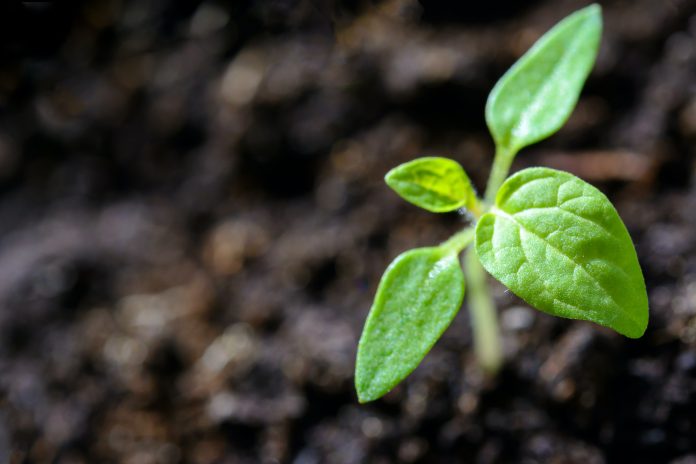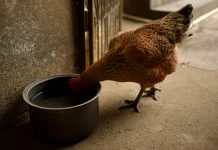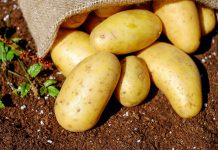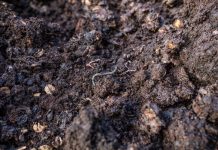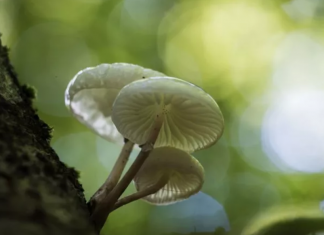Are you a homesteader, farmer, or gardener striving for the ultimate in off-grid yields? Do you want to know about sustainable ways to enhance plant growth and adaptation in harsh climates? Look no further than peptide biostimulants.
Peptide biostimulants are an innovative way to give your plants newfound vigor and aid them in their resilience against extreme conditions. Read on to learn more about this emerging technology’s potential applications!
What are Peptide Biostimulants and How do They Benefit Plants in Off-Grid Settings
Peptide biostimulants are a form of plant treatment that is becoming increasingly popular. These biostimulants are made up of short chains of amino acids, which form the building blocks of proteins.
They work by stimulating various plant processes, such as growth, nutrient uptake, and stress resistance. In off-grid settings, where plants may not have access to conventional fertilizers or pesticides, peptide biostimulants can be extremely valuable. They provide an all-natural, organic solution that can help boost plant yield and improve crop quality.
What’s more, peptide biostimulants can enhance plant resilience against harsh environmental conditions, including drought, high temperatures, and salinity. By using peptide biostimulants, farmers and growers can help their plants thrive in even the harshest of environments.
Factors Influencing Plant Growth and Adaptation in Off-Grid Settings
Plant growth is heavily influenced by various factors in off-grid settings. Without access to traditional power sources, growers must rely on a combination of renewable energy, localized climate control, and efficient irrigation methods to create a sustainable environment for their crops.
Understanding the growing conditions in a specific area is also crucial, as factors like soil quality, sunlight exposure, and rainfall patterns can greatly impact the success of a garden. Plant adaptation is also a key consideration, as growers must select species that can thrive in the unique conditions of off-grid settings.
By incorporating these factors into their growth strategies, growers can successfully cultivate healthy crops and create a sustainable food source for their communities.
Ways to Incorporate Peptide Biostimulants Into Your Growing Process
Peptide biostimulants are rapidly gaining traction in the world of agriculture as a highly effective tool for boosting crop yields and overall plant health. Incorporating peptides into your growing process is a simple and cost-effective way to improve crop growth and quality.
One popular method of application is through soil irrigation, which allows the peptides to be absorbed through the roots of the plant. Another method is through foliar spraying, which can quickly deliver the biostimulant directly to the leaves of the plant. One may consider hiring Crop Spraying Services to get personalized spraying needs.
Regardless of the method you choose, incorporating peptides into your growing process has been shown to increase plant survival rates, stimulate root growth, and improve crop yields.
With the many benefits of peptide biostimulants, it’s no wonder that more and more growers are incorporating them into their growing process.
Benefits of Using Peptide Biostimulants for Plants in Off-Grid Settings
Peptide biostimulants have been gaining a lot of attention in the agriculture industry lately due to the many benefits they offer for plant growth and health.
What makes these biostimulants particularly useful is that they can be used in off-grid settings, where traditional fertilizers and pesticides may be less accessible. These peptides help to promote plant growth, improve nutrient uptake and enhance stress tolerance, allowing crops to thrive without relying on a constant supply of external inputs.
Additionally, since peptide biostimulants are derived from natural sources, they offer a sustainable alternative to chemical-based products. Moreover, making a conscious decision to opt for sustainable merchandise for your business promotions can have a ripple effect, encouraging others to follow suit. These products are not only a testament to your company’s commitment to the environment but also serve as a beacon of change, inspiring others to make greener choices. It’s a movement that starts with a single step, leading to a more sustainable future.
Overall, these biostimulants provide an effective and eco-friendly solution for off-grid farmers who want to maximize their crop yields and minimize their environmental impact.
Tips for Selecting the Right Peptide Biostimulant for Your Specific Needs
Peptide biostimulants have become increasingly popular in recent years as a way to boost plant growth and yield. However, with so many options available on the market, selecting the right one for your specific needs can be a daunting task.
To make an informed decision, it is important to consider factors such as the plant species and its growth stage, the environmental conditions, and the desired outcomes. Additionally, it can be helpful to look for products that have been scientifically tested and proven effective.
By taking these factors into account, you can ensure that you choose a peptide biostimulant that will provide optimal results for your specific situation.
Common Mistakes to Avoid When Using Peptide Biostimulants
Peptide biostimulants have become increasingly popular in recent years due to their ability to enhance plant growth and development. However, there are some common mistakes that growers make when using these products that can negatively affect their crops. One mistake to avoid is using more than the recommended dosage.
While it may seem like more is better, using too much peptide biostimulant can result in overstimulation of the plant, which can lead to stunted growth or even plant mortality. Another common mistake is not properly preparing the solution before application.
It is important to follow the manufacturer’s instructions closely and ensure that the peptide biostimulant is fully dissolved in water before use. By avoiding these and other common mistakes, growers can maximize the benefits of peptide biostimulants and improve the health and productivity of their crops.
In conclusion, peptide biostimulants can be an effective tool to help plants grow and thrive in off-grid settings. By emboldening plants to metabolize more efficiently and tolerate stress, these biostimulants provide a host of benefits while offering an eco-friendly, sustainable solution to gardening challenges. When selecting a peptide biostimulant for your specific needs, take into consideration the plant’s growth environment (including temperature, light, humidity, and soil type), the desired results you want to see, plus what factors may be influencing the plant’s growth. Additionally, ensure you are using proper dilution so as not to overload your delicate plants with too much of the product. By following these tips and avoiding common mistakes such as over-application or wrong timing of use, you will be better equipped to allow your plants to flourish in off-grid settings with the aid of peptide biostimulants.


